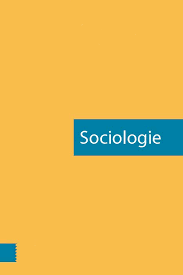Abstract
Conspiracy theories have become rather popular in the last decades: they are widely present in popular culture and many people in the West now follow conspiracy theories to make sense of what is going on in the world. But despite their popularity and normalization, the public image of conspiracy theorists remains morally tainted as paranoid and militant loonies. Academics contribute by conceiving of conspiracy theorists as a coherent collective: internal variety is sacrificed for a clear external demarcation. Drawing on ethnographic fieldwork in the Netherlands, we explore variation in the conspiracy milieu through people’s own self-understanding. More particularly, we study how these people identify with some and distinguish themselves from others. The analysis shows that they actively resist their stigmatization as conspiracy theorists by distinguishing themselves from the mainstream as ‘critical freethinkers’. The trope ‘I am not a conspiracy theorist’ is used to reclaim rationality by labelling others within the conspiracy milieu the real conspiracy theorists. Secondly, their ideas of self and other make three groups apparent: Activists, Retreaters and Mediators. Conspiracy culture, we conclude, is not one monolithic whole, but rather a network of different groups of people, identifying with different worldviews, beliefs and practices.
How to Cite:
Harambam, J. & Aupers, S., (2017) “‘Ik ben geen complotdenker’: relationale identificaties in het Nederlandse complotdenkersmilieu”, Sociologie 13(2-3), 133–163. doi: https://doi.org/10.5117/SOC2017.2/3.001.HARA
Downloads:
Download PDF
View PDF
149 Views
34 Downloads
Published on
2017-10-20
Peer Reviewed


